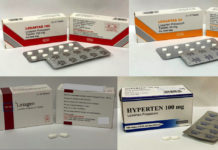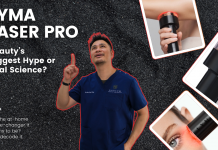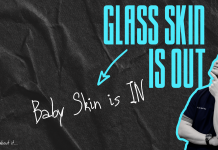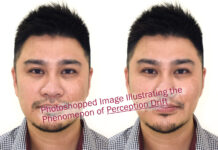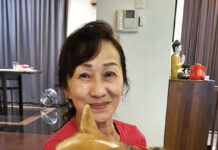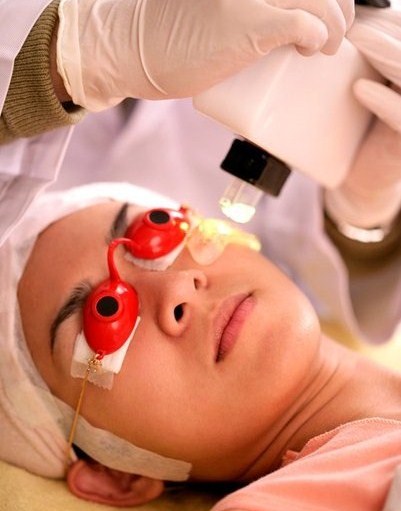
First Taste of IPL
I had my first experience with IPL, or Intense Pulsed Light, in 1999. A colleague’s father, a prominent cosmetic dermatologist, was testing out a new machine. It was a simple procedure which involved shining bright pulses of light onto the face. He was one of the first in Singapore to use this new treatment modality.
Human Lab Rats
I had a recalcitrant patch of pigmentation on my face then, and so bravely volunteered to be a test subject!
The treatment was comfortable enough. Cold gel was applied, the light pulses shone onto the areas. There was a sting each time the light fired. True enough, some of the pigmented patch did slough off after a few days! Unfortunately, I only attended 1 treatment session as I was lazy. Worse, I was a sun worshipper then , so the pigmentation returned in no time… And if you are still a sun worshipper please click here.
What is IPL?
The IPL device consists of a flash lamp and multiple reflecting mirrors. Internal filters control the wavelengths emitted, and depending on the device, external filters allow the operator to control the wavelength of light emitted, thus allowing IPL to a versatile device which is effective for a wide variety of skin conditions.
Controversy over IPL
IPL is one of most controversial light based therapies available today. It was first produced as an alternative for the treatment of leg veins, as treatment with lasers (the Pulsed Dye Laser) commonly caused a lot of bleeding and bruising. It was first introduced for clinical studies in 1994, and cleared by the FDA in 1995.
Evolution of IPL
IPL has come a long way since its first appearance in Singapore’s aesthetics scene almost 10 years ago. As with all new treatment modalities, it was initially met with skepticism, but over the years, it has gained acceptance in the dermatological community, due to its effectiveness, excellent safety profile and tolerability, and minimal down- time.
Today, IPL is the treatment modality of choice for many skin conditions.
It is effective for pigmentary conditions such as freckles and age spots,
It is effective for improving facial flushing and broken vessels,
It is effective for facial rejuvenation to reduce fine lines and increase the firmness of the skin
It is effective for hair removal,
And it is also used to improve acne.
It is effective for improving facial flushing and broken vessels,
It is effective for facial rejuvenation to reduce fine lines and increase the firmness of the skin
It is effective for hair removal,
And it is also used to improve acne.
IPL is not a cure all – lasers and other treatment modalities are still required for some conditions. Nonetheless, it truly is worth its weight in gold, and will be here to stay for a long, long time.
Tell us about your IPL experience
As usual I will like to hear from you! Drop us a post!





